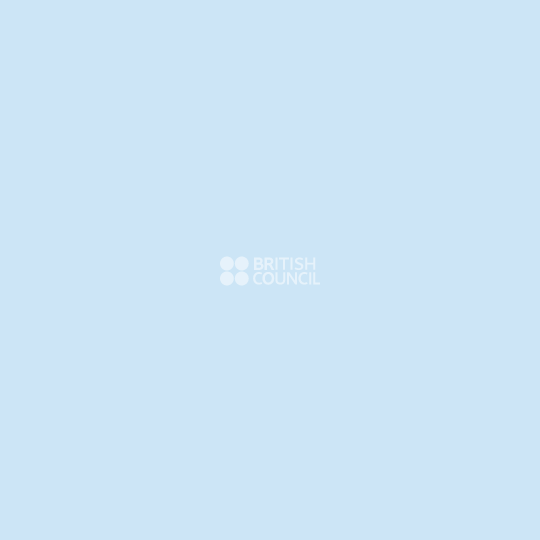
© copyright The Artist
UNTITLED 1994
Grenville Davey (1961 – )
Details
- Dimension
- 86.5 X 72 CM
- Media
- SCREENPRINT
- Accession number
- P6637
Summary
The basis of this print suite is two found objects; a glass eye and a glass bottle stopper. These were photographed from forty different angles and the resulting images manipulated repeatedly, using both manual cut-and-paste and computer software, new at the time. The artist became fully involved in the computer techniques used to manipulate the images in his print, and the project was made over a period of a year. He regarded the process as a period of research which related very closely to his sculpture of the same period. Davey explored the relationship between the two objects: their formal similarity, their known function and dysfunction, and his observation that the stopper had more light within it than the eye. The objects’ circular forms are reminiscent of Davey’s coolly formalistic sculptures, which frequently use the geometry of the disc and which on occasion refer to the eye. The final portfolio comprised 6 works in three pairs focussing and refocusing on the eye and stopper, increasing and decreasing the pixel ratio and lightening and darkening colours, spot varnishes were used to bring the eye or stopper out of the background.
The screenprints were published by Charles Booth-Clibborn under his imprint The Paragon Press in 1993 and were printed by Coriander (London) Ltd in an edition of 40.
Multiple Choice: Prints by Young British Artists, The British Council 1997
Further reading:
Contemporary Art in Print, Scottish National Gallery of Modern and The Paragon Press, 1995, texts by Jeremy Lewison, Duncan Macmillan and Patrick Elliott
Glossary
-
Edition
All copies of a book, print, portfolio, sculpture, etc., issued or produced at one time or from a single set of type. Printed works can be made in an edition of between one and many thousands of copies. With most printing techniques the plate or screen will become worn if very many prints are made, so to maintain quality (and exclusivity) editions of original prints are usually kept below one hundred copies and normally average between thirty and fifty copies. Prints made up of several different plates can be extremely complicated and time-consuming to edition, so in these cases editions are kept low for practical reasons. Sculptural editions are a set of cast sculptures taken from the same mould or master. These editions are usually much lower, consisting of no more than six casts. Though each cast in an edition might have a lower value than a unique piece, it may be a more effective way of offsetting costs of an expensive process such as bronze casting.
-
Imprint
In a bibliographic item, the name of the publisher, distributor, or manufacturer, and the place and date of publication.
-
Portfolio
A set of pictures (as drawings, photographs or prints) either bound in book form or loose in a folder. These can be by the same artist or individual works by a selection of artists. The term also refers to the folder which holds the set.
-
Sculpture
A three-dimensional work of art. Such works may be carved, modelled, constructed, or cast. Sculptures can also be described as assemblage, in the round, relief, and made in a huge variety of media. Contemporary practice also includes live elements, as in Gilbert & George 'Living Sculpture' as well as broadcast work, radio or sound sculpture.
